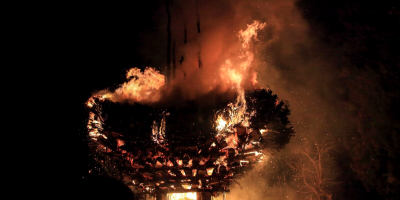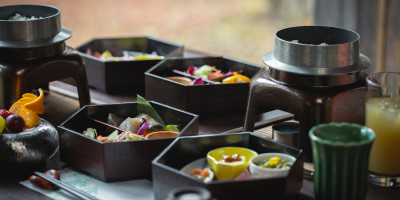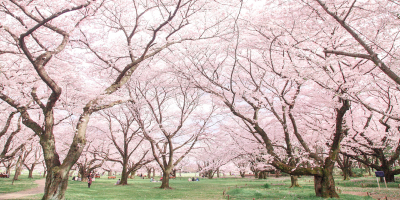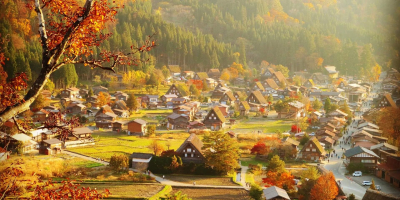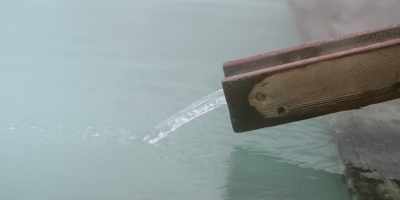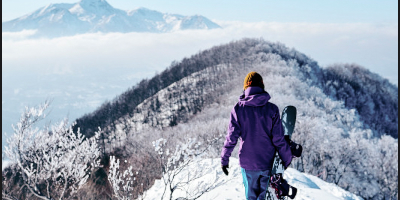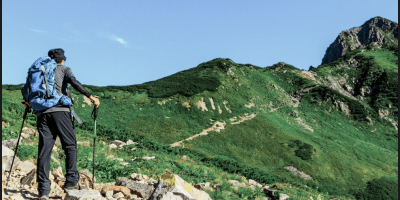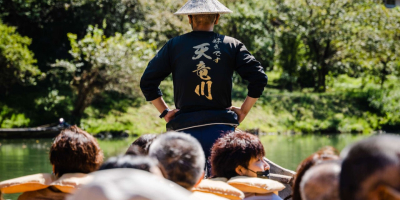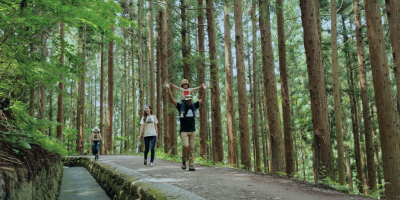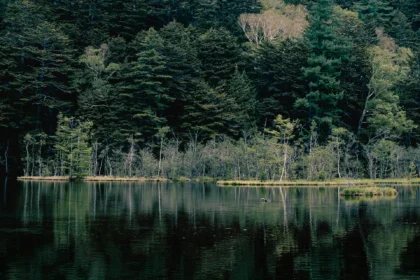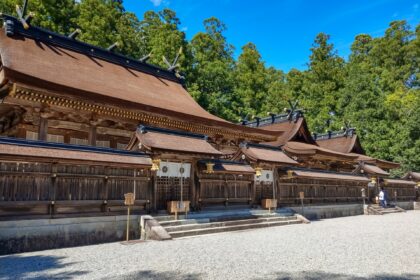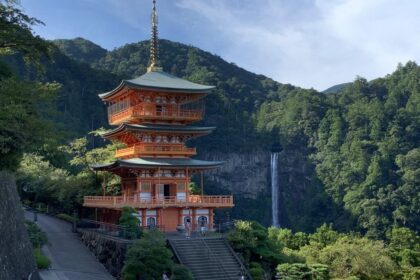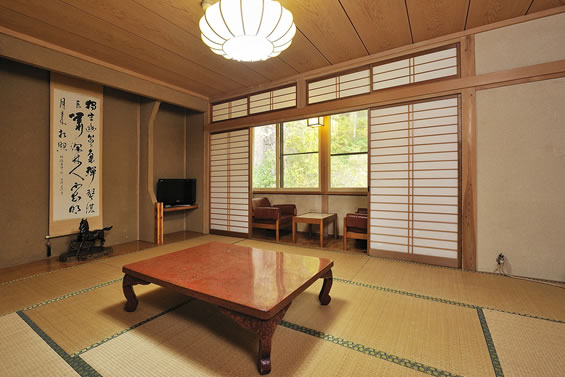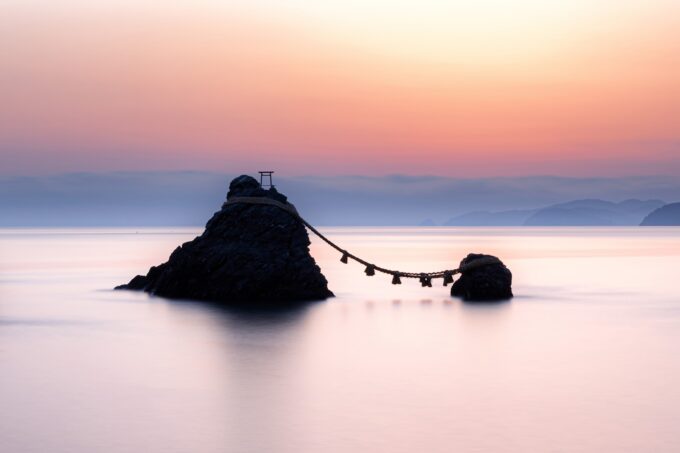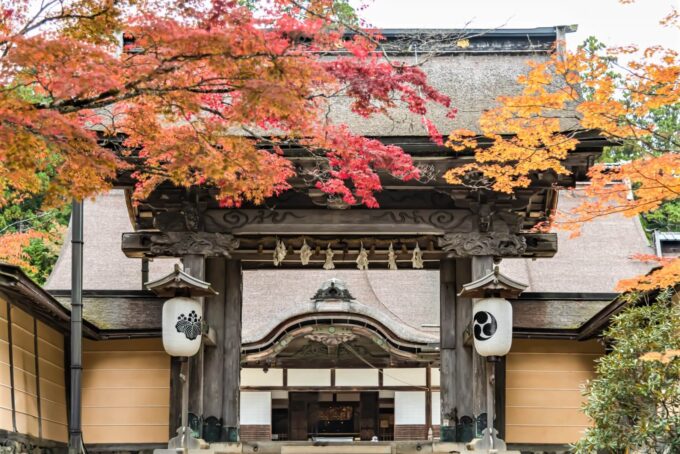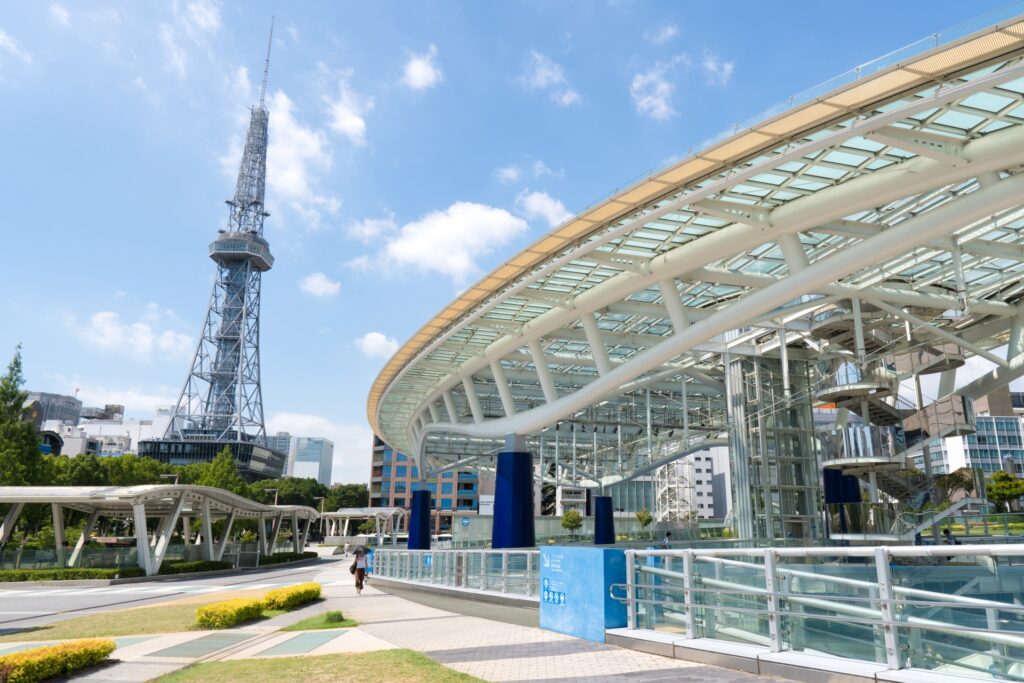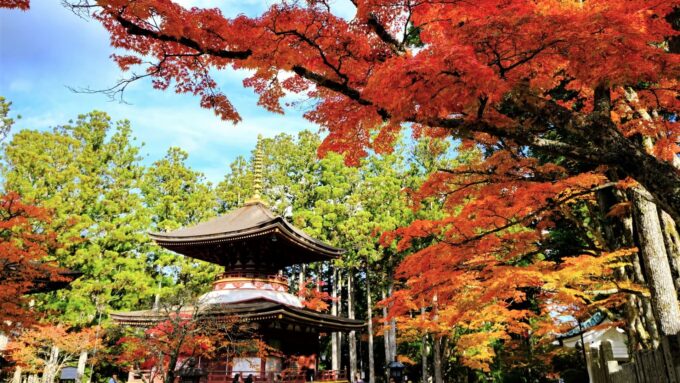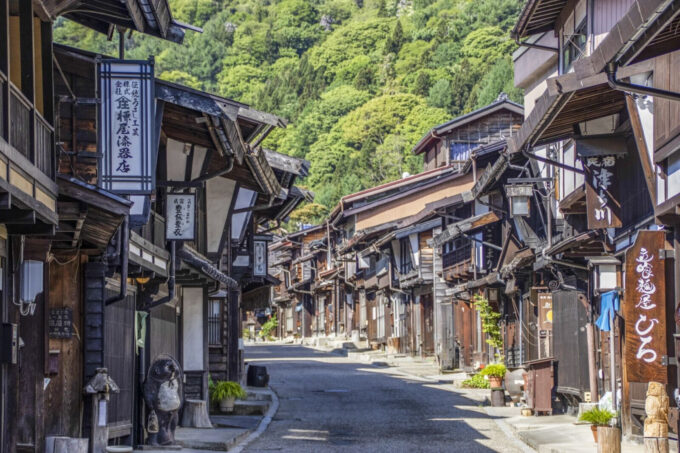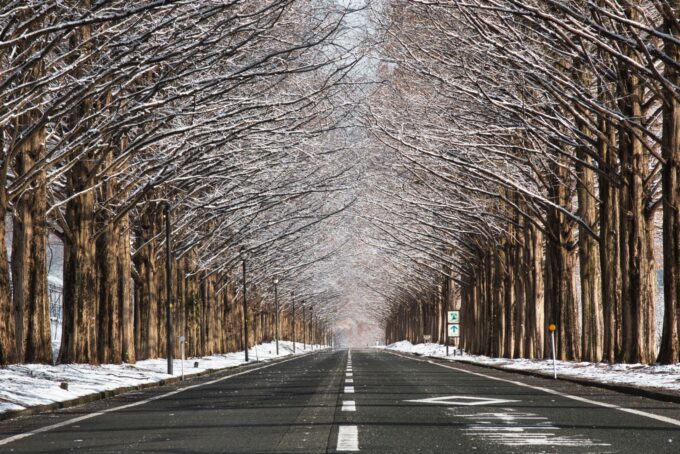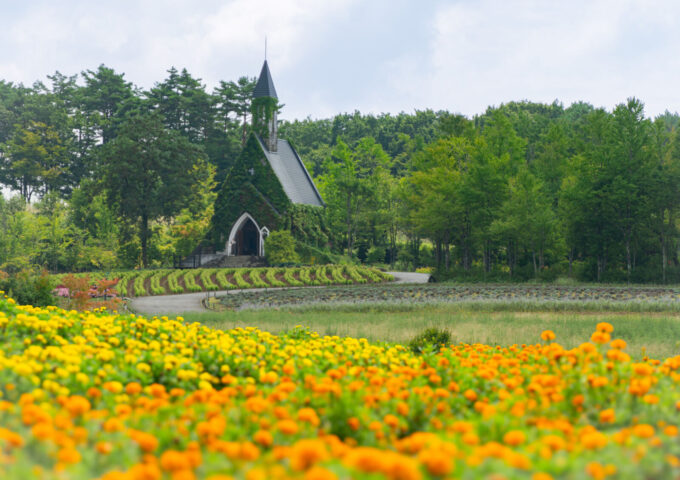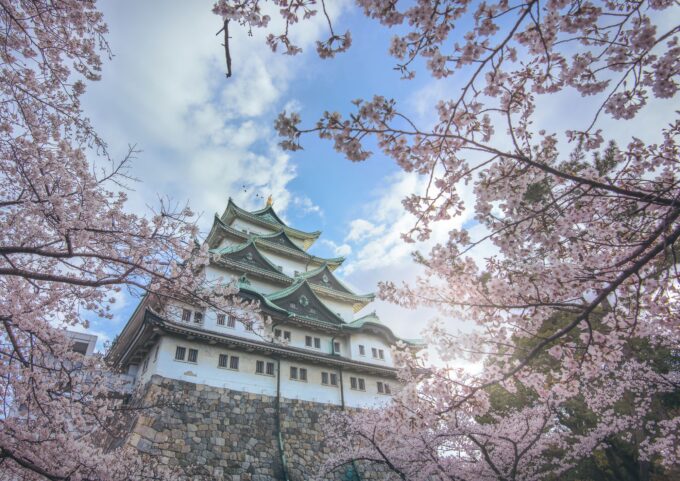
Nestled deep in the lush, mountainous Kii Peninsula, the Kumano Kodo is a centuries-old pilgrimage trail that offers a spiritual journey through one of Japan’s most sacred landscapes. Designated a UNESCO World Heritage site in 2004, it is one of only two pilgrimage routes in the world to hold that honor—the other being the Camino de Santiago in Spain.
Walking the Kumano Kodo is more than a hike, it's a profound cultural and spiritual experience that connects visitors to ancient traditions, sacred shrines, and breathtaking natural beauty.
A Brief History of the Kumano Kodo

- Originally formed to connect major spiritual sites, including Ise Shrine, Mount Koya, and the Kumano Sanzan
- The trails have been in use for over 1,000 years and were used by emperors, monks, and commoners alike.
- Recognized by UNESCO as part of the "Sacred Sites and Pilgrimage Routes in the Kii Mountain Range"
- Symbolized by the mythical Yatagarasu—a three-legged crow representing divine guidance
- The trails are intentionally designed to be part of the religious experience, not just a route to the shrines
During the Heian period (794–1185), emperors and aristocrats journeyed to Kumano seeking purification and enlightenment. As the pilgrimage gained popularity, it became known as the Kumano mōde, or Kumano pilgrimage, attracting travelers from across Japan regardless of status. Today, these sacred paths welcome hikers from all over the world.
Walking the Kumano Kodo

Whether you’re walking a short section or completing a multi-day pilgrimage, the Kumano Kodo offers a unique way to connect with Japan’s spiritual heritage. The trails are open year-round, but the best times to visit are spring (March–May) and autumn (September–November), when the weather is mild and the scenery most vibrant.
Major Trails of the Kumano Kodo

The Kumano Kodo is composed of several trails of varying difficulty, each offering its own perspective on the spiritual landscape:
Nakahechi Route
- Most popular and well-preserved trail
- Runs 30 km from Tanabe to Kumano Hongu Taisha
- Comfortable 2-day hike with an overnight stay at Chikatsuyu Oji
- Winds through rural villages, forested hills, and mossy stone paths
Kohechi Route
- Links Kumano to Mount Koya, headquarters of Shingon Buddhism
- Steep, mountainous, and challenging; recommended for experienced hikers
Ohechi Route
- Follows the coastline from Tanabe to Nachi Taisha
- Much of the trail has disappeared due to urban development
Iseji Route
- Connects Kumano with the Ise Grand Shrine
- Sections like Magose Pass and Matsumoto Pass remain scenic and accessible
Omine Okugake Route
- A rugged mountain path linking Kumano and Yoshino via Mount Omine
- Used historically by Shugendo mountain ascetics; the trail is extremely difficult
Kumano Sanzan: The Three Grand Shrines of Kumano
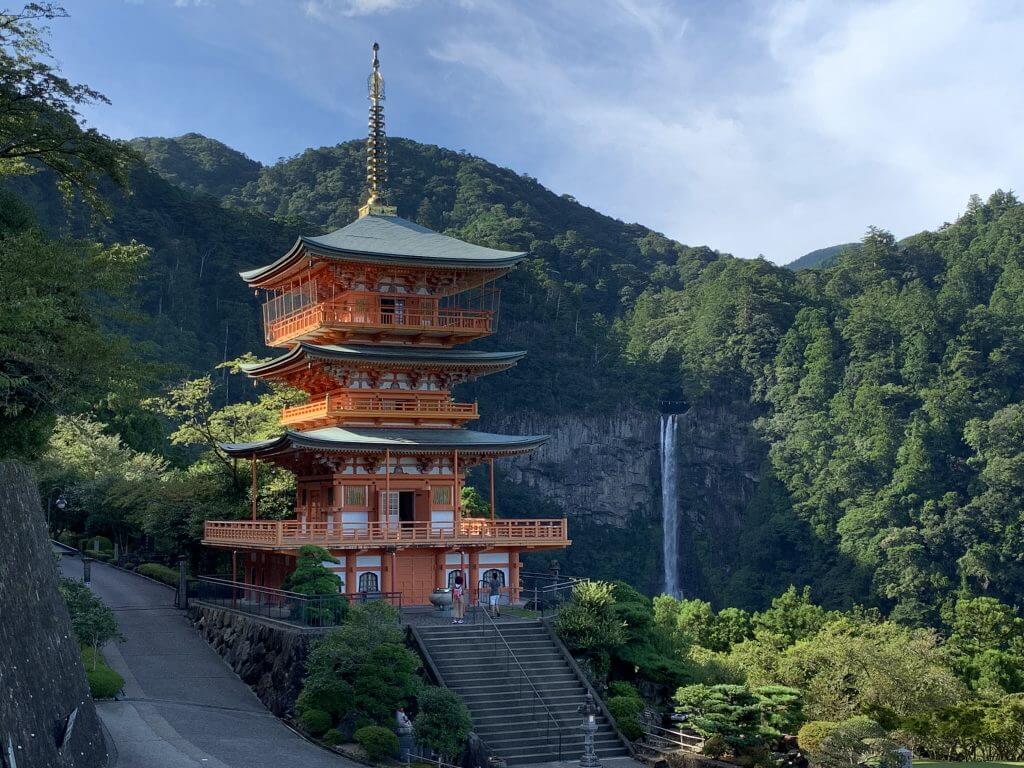
At the spiritual heart of the Kumano Kodo are the Kumano Sanzan, or the "Three Grand Shrines of Kumano." These ancient shrines are the primary pilgrimage destinations along the network:
Kumano Hongu Taisha
- Located deep in the mountains, this shrine is the head of over 3,000 Kumano shrines across Japan.
- The shrine once stood at the confluence of the Kumano River but was moved after a flood in 1889.
- A massive torii gate marks the entrance to the sacred site.
Kumano Nachi Taisha
- Set beside the towering Nachi Waterfall, one of Japan’s tallest (133 meters).
- Shares grounds with Seiganto-ji Temple, a rare Shinto-Buddhist complex.
Kumano Hayatama Taisha
- Located near the coast in Shingu, this shrine sits where the Kumano River meets the sea.
- Home to sacred trees and centuries-old artifacts.
Together, these shrines form the sacred triangle at the core of Kumano’s spiritual culture, blending elements of Shinto, Buddhism, and nature worship.
Frequently Asked Questions (FAQ)
What is the best route for beginners?
The Nakahechi route is ideal for first-time visitors. It is well-preserved, moderately challenging, and rich in historical landmarks.
Is the Kumano Kodo accessible all year?
Yes, though the best seasons are spring and autumn. Summer can be hot and humid, while winter may bring snow and slippery paths in higher elevations.
Do I need special hiking equipment?
Proper footwear and a rain jacket are essential. For longer routes like Kohechi or Omine Okugake, more advanced hiking gear and preparation are recommended.
Are accommodations available along the trail?
Yes, many minshuku (Japanese inns) and guesthouses cater to pilgrims. Reservations are recommended, especially during peak seasons.
Can non-religious visitors enjoy the trail?
Absolutely. The Kumano Kodo is open to people of all faiths and backgrounds. Whether spiritual or recreational, walking the trail is a profound experience.
Additional Tips
- Get a Kumano Kodo Pilgrimage Passport: Stamp your journey at checkpoints for a keepsake—and to receive a certificate of completion.
- Pack light: Trail accommodations often offer meals and basic toiletries.
- Stay hydrated: Bring a water bottle and refill at roadside springs or inns.
- Plan ahead: Especially on longer or remote trails where services may be limited.
- Learn a few basic Japanese phrases: It can greatly enhance your interaction with locals.
Combine with Ise or Koyasan: For a deeper exploration of Japan’s spiritual geography.
Recommended Tour: Snow Monkey Resort's 1-Day Tour from Nagoya: Ise’s Sacred Shrines and Captivating Coastlines provides you with the chance to marvel at the natural beauty of the Ise-Shima region and refresh your body and soul with spiritual experiences and delicious cuisine as you are led by an experienced, English-speaking guide from Nagoya on this full-day tour.
Recommended
1-Day Tour from Nagoya: Ise’s Sacred Shrines and Captivating Coastlines
- Spots:
- Pick-up:
- Drop-off:



